The WhichEV guide to EV charging made easy
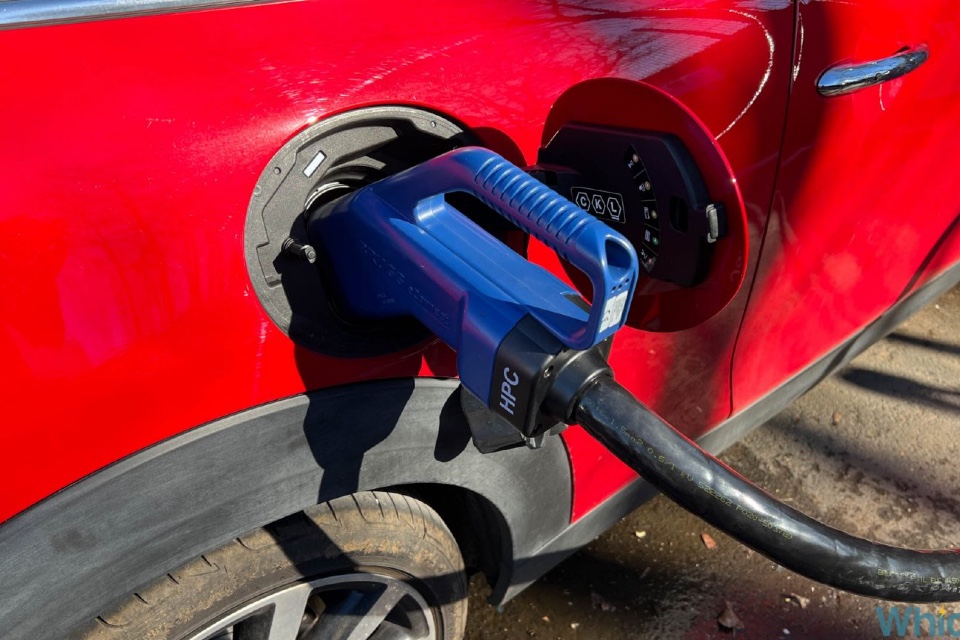
Charging your EV should be easy. In fact, it should be as easy as the experience people have putting petrol in their internal combustion cars. But some of the time it isn’t. This is frequently used by EV haters as an excuse to avoid switching to an EV, or even to vocally criticise them on […]
EV sales for March up 79% year-on-year
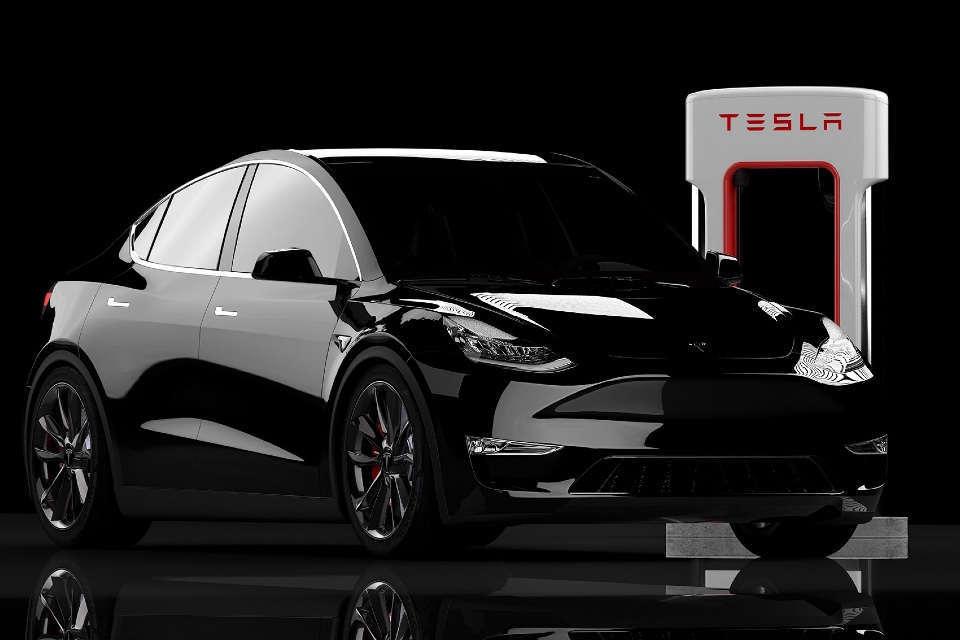
By James Morris, WhichEV Almost 40,000 new electric cars were registered in March 2022, an increase of 79% on the previous year. While the increase was spread across a number of popular models from Stellantis, VW and Hyundai – the sales data from Tesla really stood out. Considering the average price of a new petrol […]
Industry welcomes £450m government EV charge point investment
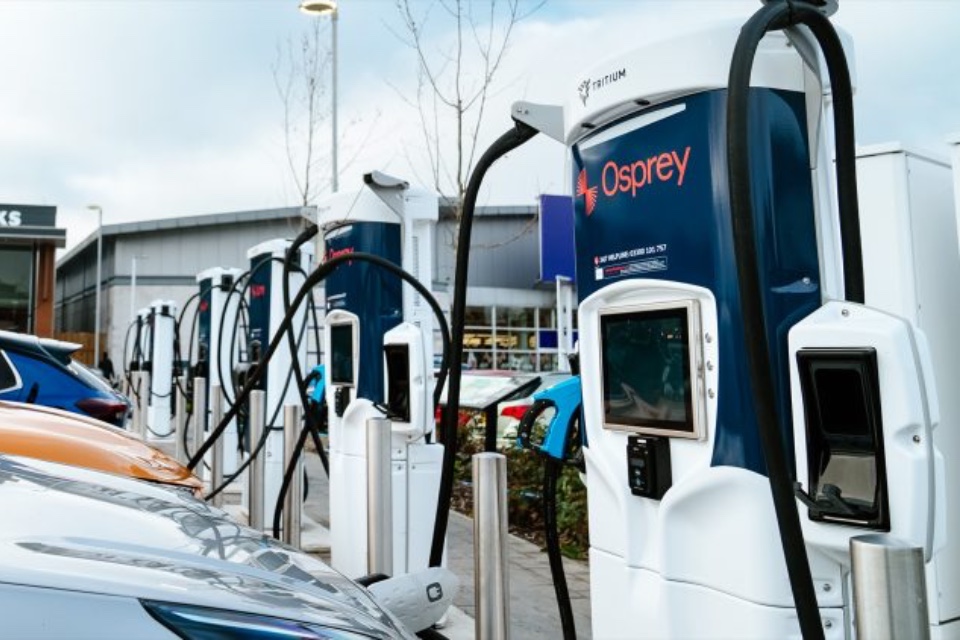
By James Morris, WhichEV More EVs were sold in 2021 than in the previous decade. With close to 450,000 EVs on our roads today, the 30,000 public chargers that are available to the public are clearly not enough. To help bridge the gap, the Government has confirmed a direct contribution of £450 million alongside a […]
Electrification of van fleets ‘requires new approach’

New managerial solutions may be needed for some fleets in order to overcome the inherent operational limitations of van electrification. That’s according to Peter Golding, managing director at the fleet software specialist Fleet Check, who says it’s becoming clear that compromises in terms of range and payload would have unavoidable real world impacts for a […]
Ford reveals plans to ramp European EV offering

Ford has confirmed that it will launch a new generation of seven, all-electric, fully-connected passenger vehicles and vans by 2024, building on the recent creation of the Model e business unit tasked with the design, production and distribution of EVs. Ford says expects its annual sales of electric vehicles in Europe to exceed 600,000 units in […]
OPINION: Fleet Electrification concerns amid rise in EV sales
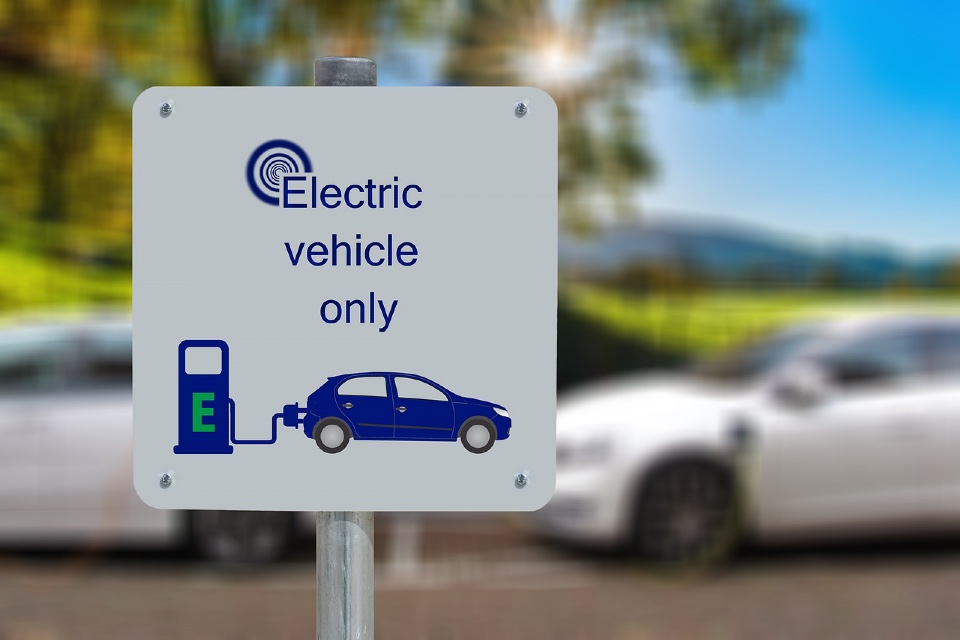
By André Dias, Founder and CTO, GoWithFlow Sales of Electric Vehicles (EV) are booming in the UK, according to the Society of Motor Manufacturers and Traders’ (SMMT) annual sales snapshot for 2021. Britons bought more electric cars in 2021 than in the previous five years combined, including a 27 percent rise in commercial van registrations. […]
WhichEV releases its Guide to Public Charging 2022
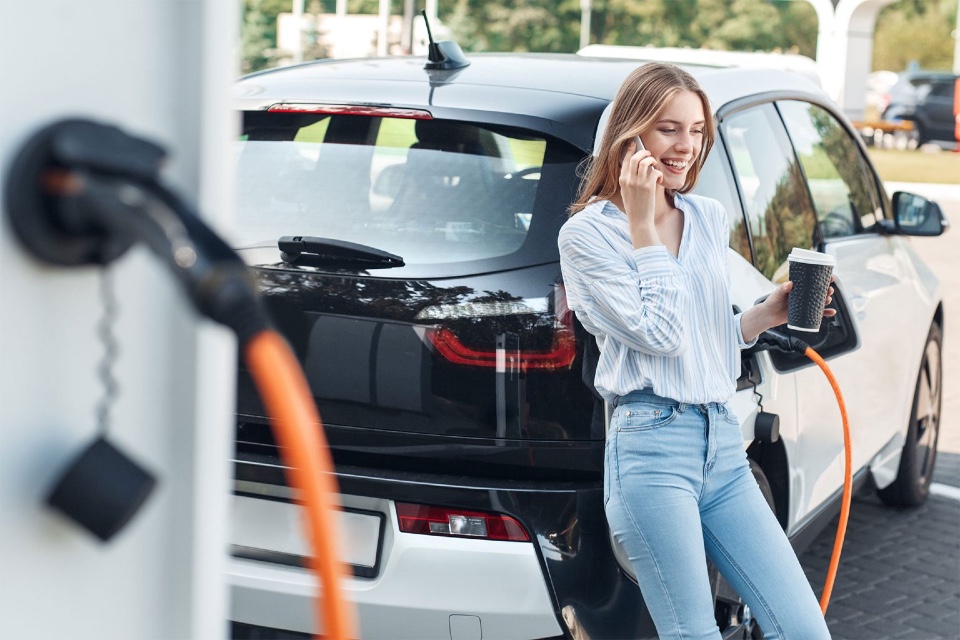
By James Morris, WhichEV Experienced EV drivers find the whole charging process relatively simple, but it can be daunting for those new to electric vehicles. WhichEV has created an updated guide to charging that helps to demystify the process and explain some of the more important terms. Knowing where to find the latest high-powered public […]
The key EV challenges facing the fleet industry
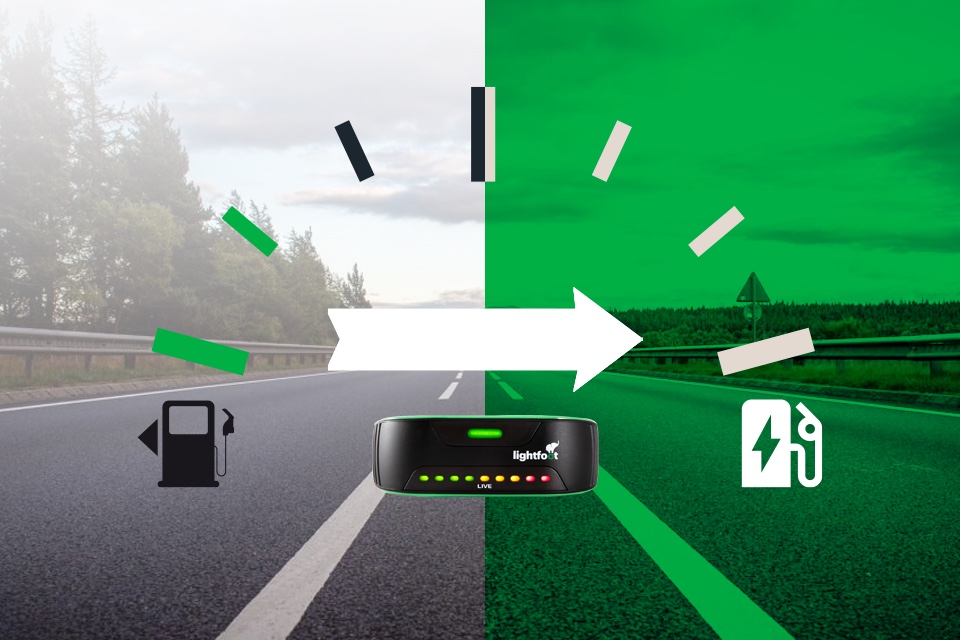
With less than a decade to go until the sales of all new petrol and diesel cars, vans, and pickups are banned in the UK, the pressure is very much on for fleet operators to make a start in transitioning their fleets to electric vehicles (EVs). Planning and preparing for the adoption of electric vehicles […]
Quarter of car sales in December 2021 were electric
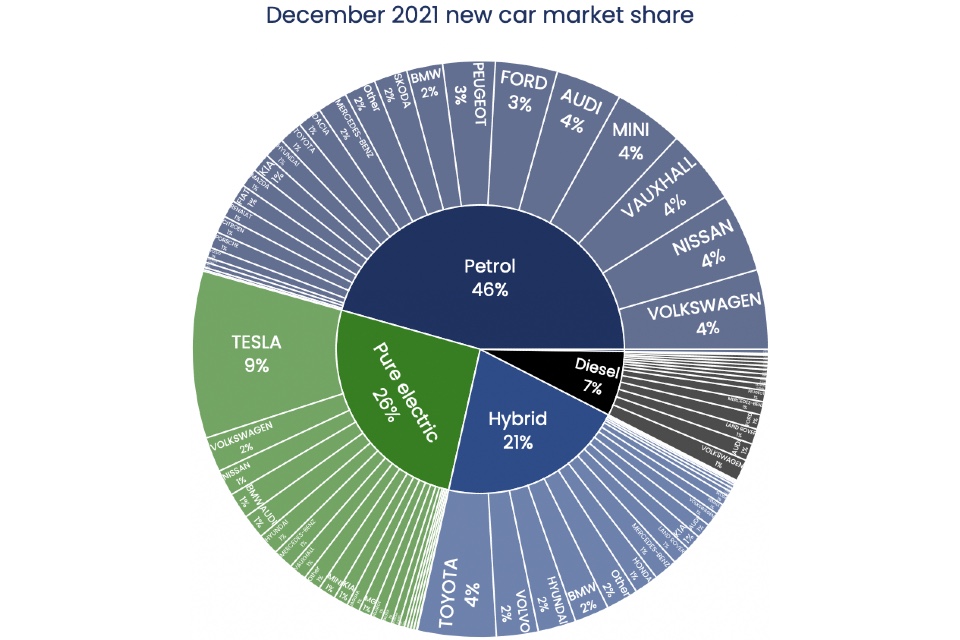
By WhichEV Pure electric cars outsold hybrids for the first time on record in December, jumping to second place in the list of most popular fuel types in the UK, according to data from New AutoMotive. The transport research organisation said that there were 25,676 pure electric vehicles sold in December 2021 up from 21,019 […]
COVID stalls 2021 UK new car market but EV sales strong
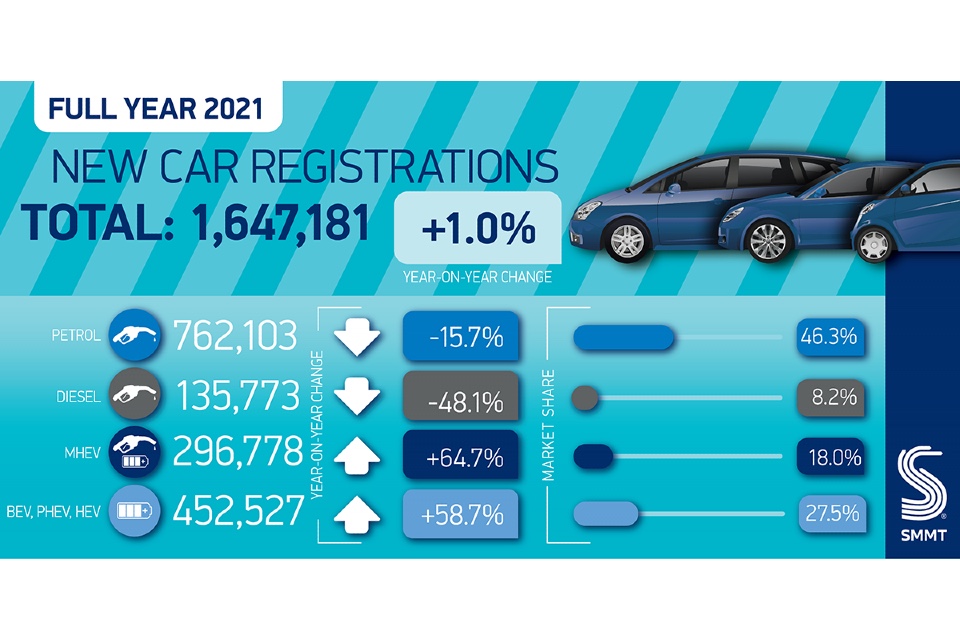
2021 new car registrations grew by just 1% on a pandemic-ravaged 2020, as 1.65 million new cars entered the UK market, according to figures released by the Society of Motor Manufacturers and Traders (SMMT). The figures underline the ongoing impact of Covid and the semiconductor shortage on the industry, with the market down -28.7% on […]


